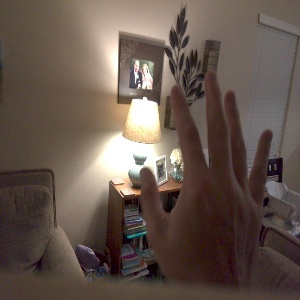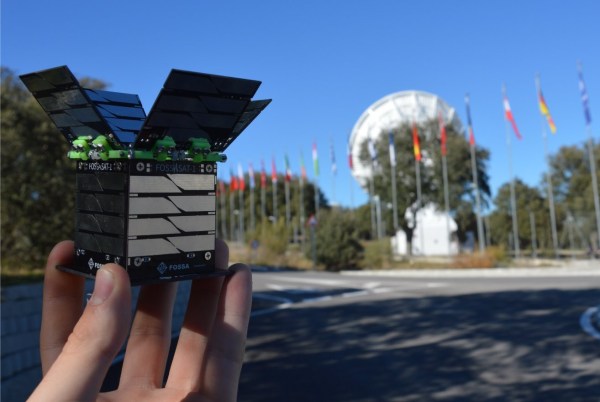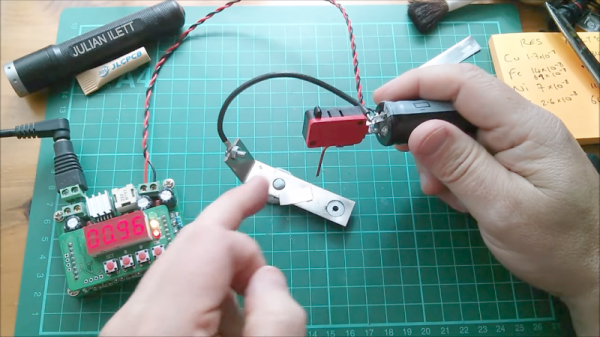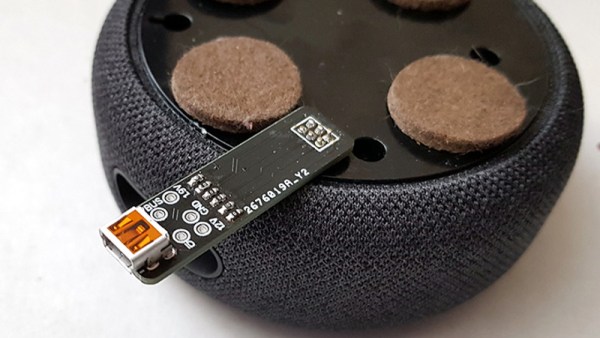Consoles over the years have innovated, bringing new features and experiences with each subsequent generation. Rumble, motion controls and more recently VR have all come to the fore as companies vie for supremacy in the marketplace. Nobody’s really had the guts to tackle fire, though. Until now.

The build is based on the Nintendo 64. The motherboard is removed from the original case, and fitted to a sheet metal enclosure of impressive craftsmanship. This allows the fitment of the machine’s party piece — twin jets of flame, triggered by an extra button on the controller. There’s also a spinning N64 logo built into the front of the case, backlit in a foreboding red — hinting to the player that this is no regular console.
The console is capable of shooting flames up to 4 feet long, and if you have to ask why, you’re likely on the wrong website. We’d love to see the jets triggered by rumble, ideally on a per player basis — making bouts of Mario Kart and Smash Brothers more perilous than ever.
As it turns out, fire’s also a great way to visualise sound waves. Video after the break.
Continue reading “Fire Breathing N64 Puts Blast Processing In The Shade”






















